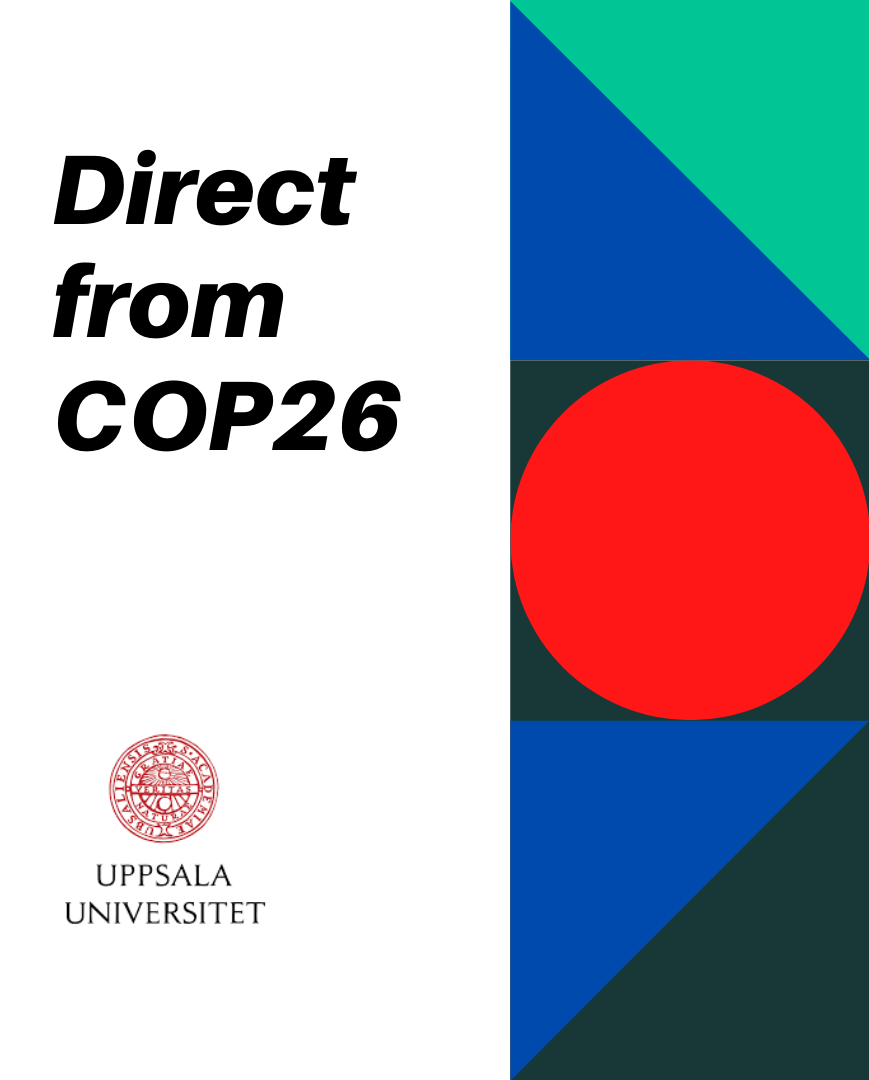Efter drama i slutskedet är nu de viktigaste besluten på klimatmötet i Glasgow fattade. Besluten innebär flera viktiga steg framåt i den internationella klimatpolitiken. Men de räcker inte för att nå klimatmålen.
När det gäller utsläppsminskning så finns klara skrivningar om vikten av att begränsa uppvärmningen till 1,5 grader, vilket i praktiken innebär en skärpt tolkning av målen i Parisavtalet. Länderna ska framöver skärpa sina nationella planer oftare och koordinerat. En ny kvantifiering om behovet av att minska utsläppen av koldioxid med 45 procent mellan 2010 och 2030 är inskriven. Kolanvändning och subventioner till fossila bränslen ska minskas, ett konstaterande som tidigare saknats i klimatavtalen. Mötet enades också i frågan om hur utsläppshandel i linje med Parisavtalet ska genomföras.
Utöver själva överenskommelsen har grupper av länder enats om åtgärder som rör bland annat metanutsläpp, avskogning och kolkraft. Flera länder har också flyttat fram sina positioner, mest betydelsefullt är Indiens utfästelser. Överlag så fanns ofta en god vilja till förhandlingar och samverkan.
Dessa beslut och löften gör i bästa fall att den globala uppvärmningen på sikt stannar vid 1,8-1,9, enligt preliminära beräkningar. Det är en stor förbättring jämfört med hur det såg ut före mötet och särskilt jämfört med läget då Parisavtalet antogs.
Men framstegen räcker inte alls för att klara 1,5-gradersmålet. Utsläppen måste minska långt mer och avsevärt snabbare än vad som pekats ut. FN-besluten i Glasgow är också helt beroende av nationellt genomförande, men det är förstås alltid givet vid internationella överenskommelser. Alla länder måste nu göra långt mer.
Genomförandet i nationer och landgrupperingar behöver dessutom ske med högre ambitioner än vad som uttrycks i överenskommelsen. Exempelvis är skrivningarna om såväl kol och subventioner, som utsläppshandel klart svaga. Olika länder blockerade i olika frågor. Kol och subventioner till fossila bränslen behöver fasas ut helt. Det är något som alla länder kan göra även utan FN-beslut. Och regler för utsläppshandel går också att förbättra.
I frågan om finansiering till utsläppsminskningar och anpassningsåtgärder har mer resurser skjutits till inför och under mötet och nya utfästelser är gjorda, inte minst att dubblera finansieringen till klimatanpassning. Mötet tog också vissa steg framåt för att hantera frågan om ersättning för klimatskador i s.k. utvecklingsländer som uppstår även om klimatanpassning har skett.
Men också på dessa punkter är överenskommelsen långt ifrån tillräcklig. Målet om 100 miljarder dollar i årlig klimatfinansiering vid år 2020 är ännu inte uppfyllt. Den siffran är dessutom en hel storleksordning för låg. Någon effektiv process för att hantera frågan om skadeersättning blev heller inte av, än mindre någon finansiering att tala om. De länder som påverkar klimatet minst är värst drabbade, medan de som framförallt orsakar skadorna inte är beredda att betala de kostnader som uppstår. Det står klart att Glasgowmötet innebär framsteg. Men det är också tydligt att överenskommelsen blev ganska svag i flera frågor som låg på bordet. Och det är ännu tydligare att framstegen inte alls räcker. Det finns därför gott stöd för att vara kritisk och det är djupt oetiskt att de s.k. utvecklade länderna inte bjuder till mer. Men trots oenighet i flera frågor, och trots att vissa länder satte sig på tvären i enskilda frågor, så är världen faktiskt enig om vikten av att accelerera klimatarbetet.


